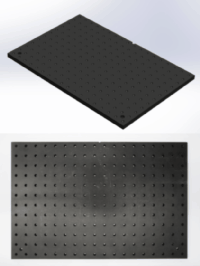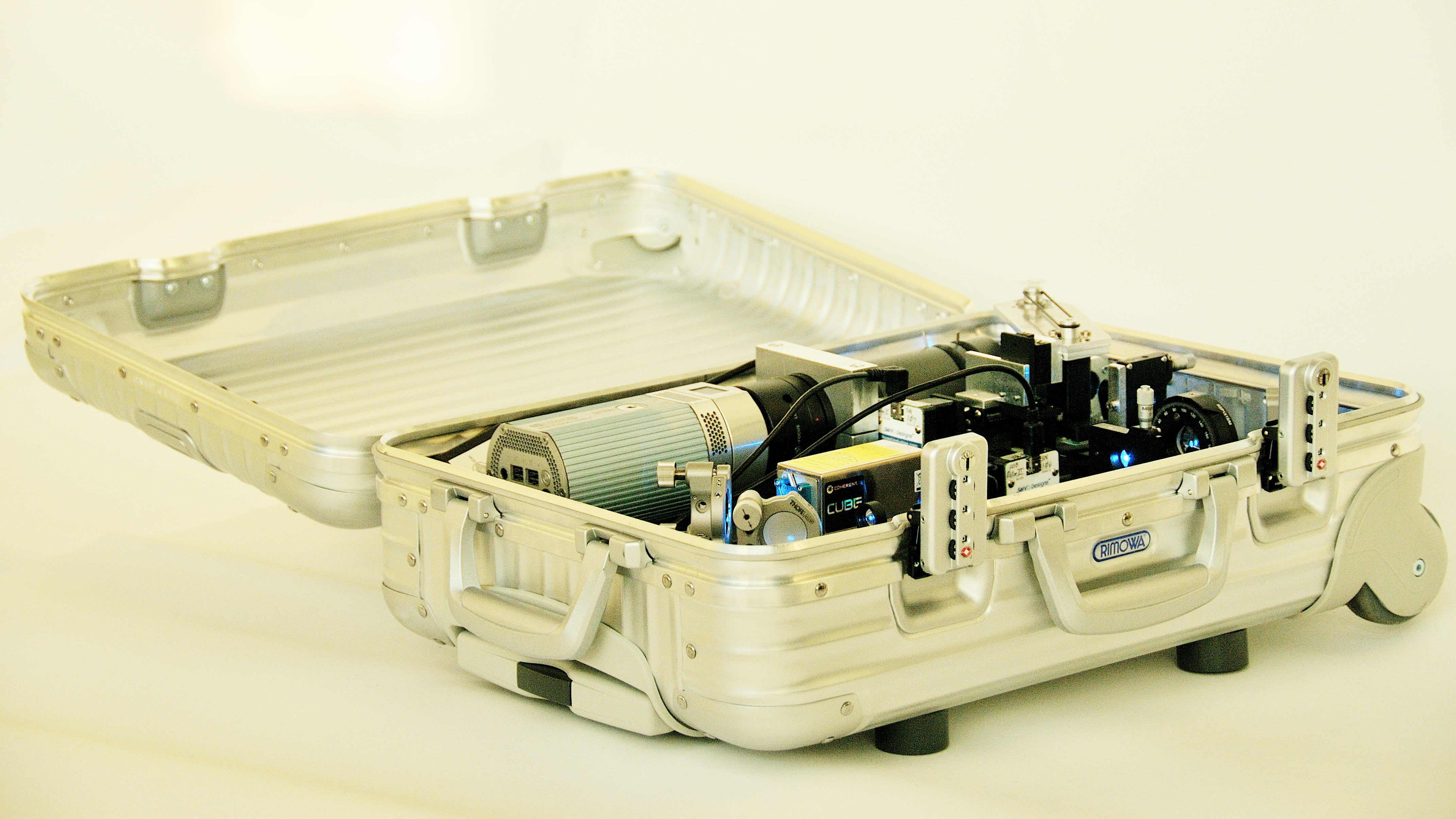Short Summary
OpenSPIM is an open-access platform to build high-precision microscopes that are capable of “Selective Plane Illumination Microscopy” (SPIM), also known as light sheet microscopy. Created by a collaborative community of researchers and engineers, OpenSPIM provides detailed, accessible build instructions that allow scientists who have never assembled optical systems to create their own SPIM set-ups.Website address: openspim.org
Location: Europe/transnational
Key leaders:
- Pavel Tomancak launched OpenSPIM and is the research group leader at the MPI-CBG, providing "ideas, concepts, research questions and funding” (source).
- Peter Gabriela Pitrone, light microscopist for Andor Technology, designed and built OpenSPIM.
- Here is a longer list of other people involved in OpenSPIM.

OpenSPIM's logo.
source ![]()
Profile
OpenSPIM is highly accessible and cost-effective even for those who have never assembled an optical system, thanks to its use of:- In-depth build instructions that are written to be as easy to follow as possible
- Modular design that is made to be extensible into parallel set-ups known as “SPIM farms”
- Off-the-shelf (OTS) components and 3D-printed parts (which can also be machined at a workshop if you don’t have access to a 3D printer)
- Open Source blueprints and Arduino electronic components
- Software built on free Open Source software µManager and Fiji/ImageJ
- A final set-up that can fit in a suitcase
Depending on how it is configured, constructing an OpenSPIM costs tens of thousands of Euros, which is much less than the hundreds of thousands of Euros that customized SPIM systems often cost.

A step-by-step view of how OpenSPIM gets built.
source ![]()

Proof that OpenSPIM can fit in a suitcase.
source ![]()
The innovations of OpenSPIM are particularly significant for biological research, especially for developmental and cell biology, because it means that many more biologists will have the tools to create time-lapse images of large samples at a high resolution. It is most often “used to observe insect larvae, zebrafish embryos, the growth of tumors, organoids, and regenerating nerve fibers,” and is especially useful for “noninvasive microscopy on living organisms” (source). OpenSPIM also improves transparency in scientific research by making experimental results more reproducible and therefore more verifiable, so research results can be independently corroborated.
One of OpenSPIM’s goals is to “[create] a powerful synergy between Open Software and Open Hardware that can serve as a nucleus for further development of the SPIM technology.” They write, “We hope that OpenSPIM in its radical openness will demonstrate that the benefits brought to science by the Open Source approach apply equally well to hardware.” (source)

OpenSPIM recording of the embryonic development of a fruit fly.
source ![]()
YOUTUBE Jusr_J15FXU “Marine annelid Platynereis dumerilii [a species of worm] stained with Sytox-green imaged with OpenSPIM from 7 angles”
Governance
The original OpenSPIM lists of parts, assembly instructions, and video tutorials were published through a wiki under a Copyleft (CC BY-SA 3.0) license. The OpenSPIM project has been consistently committed to open hardware and open software principles.Friends & Partners
Finances
Unconfirmed, but likely through the MPI-CBG since that’s where OpenSPIM began.Origin Story
Pavel Tomancak launched OpenSPIM in 2010 over lunch with his colleagues from the Max Planck Institute. He created the online resources found on the OpenSPIM website, providing a list of necessary parts and video instructions for assembly, with the goal of maximizing the number of biologists with access to this kind of high-precision microscopy. Because science labs had already started constructing light sheet microscopy systems themselves due to a lack of commercial access, there was then “a groundswell of activity motivating Tomancak and others to help labs trouble-shoot snafus at their optical tables and help biologists with their experiments” (source).Sources
- Patterns of Commoning, "OpenSPIM: A High-Tech Commons for Research and Education"
- Nature Methods, "Microscopy: OpenSPIM 2.0"